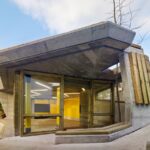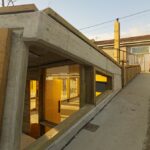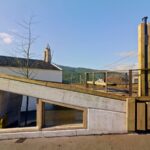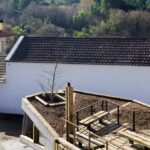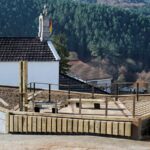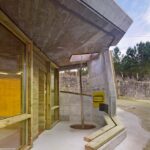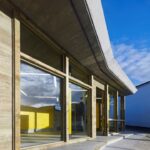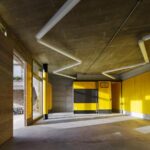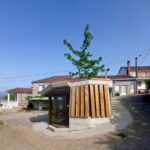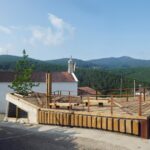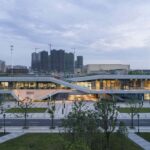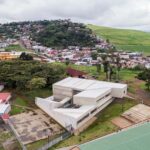The transformation of the old unitary school into a vibrant neighborhood center marks a significant milestone for the community of Noallo de Abaixo. Led by Muiños Otero López Arquitectura, this refurbishment project aimed to revitalize a dilapidated structure into a communal space for various activities and gatherings.
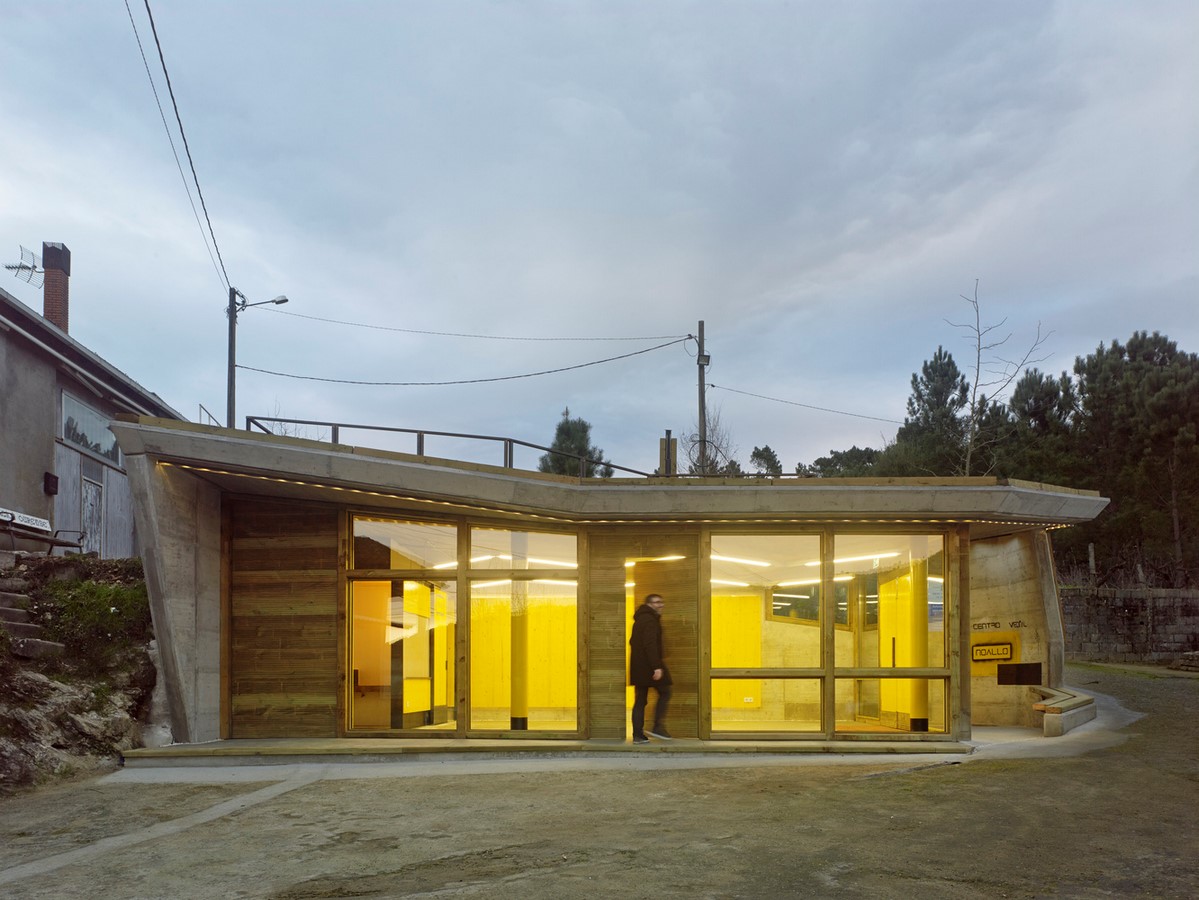
Previous Stage
Initially, the project sought to repurpose the deteriorating school building. However, faced with structural challenges and imminent collapse, the scope of the project evolved significantly.
Intervention
The intervention focused on reclaiming public space and creating a sense of community. Emphasizing the prominence of the Noallo de Abaixo church, the project aimed to establish a cohesive environment conducive to social interaction and community engagement.
Description of the Intervention
The construction process prioritized the preservation of the building’s original character while incorporating modern construction techniques. Structural elements were left exposed, highlighting the authenticity of the intervention and minimizing costs.
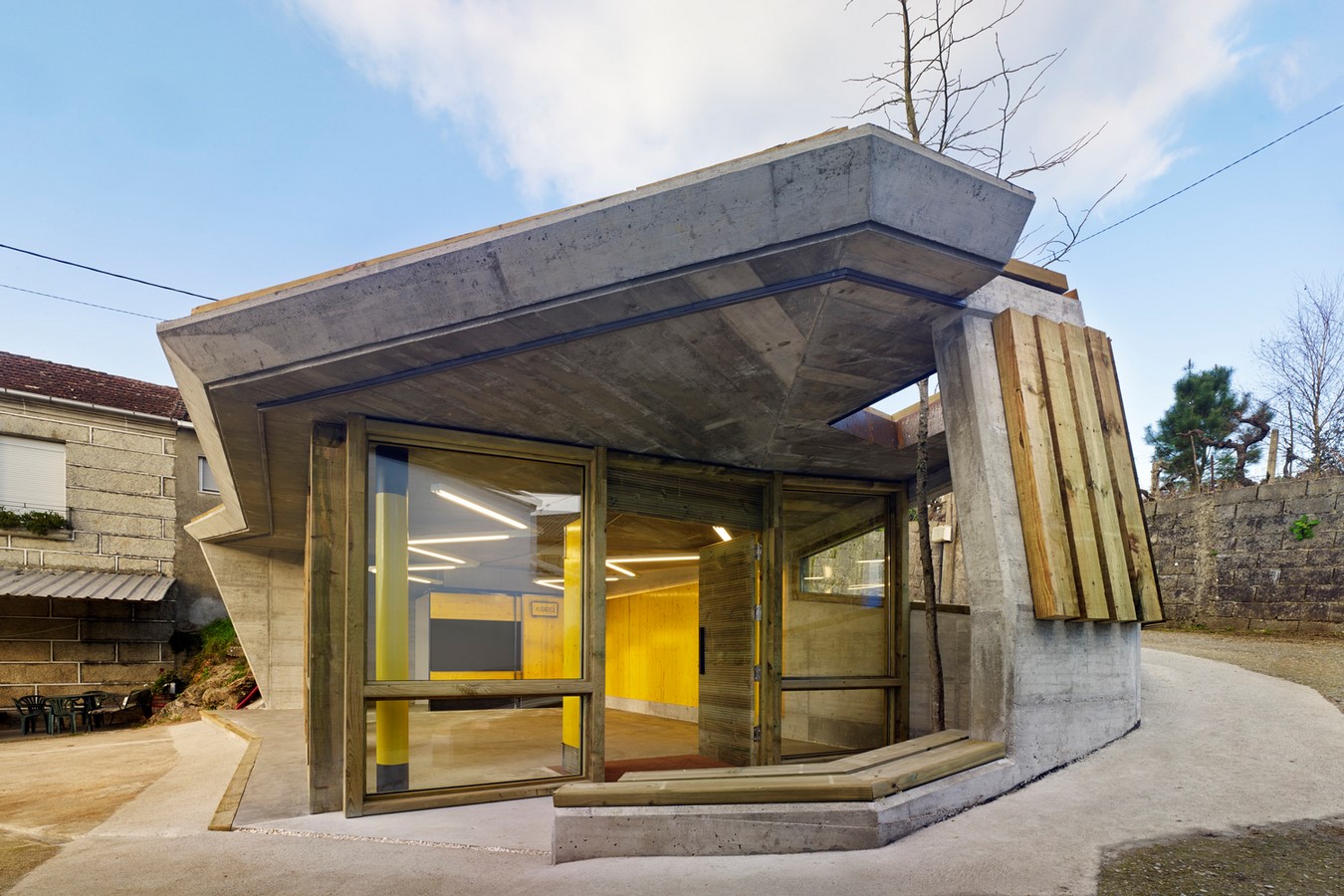
Structure
The building’s geometry and interaction with its surroundings dictated the structural design. Visible concrete elements and reused shuttering panels underscored the project’s commitment to honesty in construction.
Light
Thoughtful lighting design, utilizing energy-efficient fixtures, facilitated different atmospheres within the space, catering to various activities and user preferences.
Materials
The choice of materials aimed to strike a balance between tradition and modernity. Concrete slabs and reclaimed formwork panels were retained, while ecological pine was used for exterior carpentry, emphasizing sustainability and authenticity.
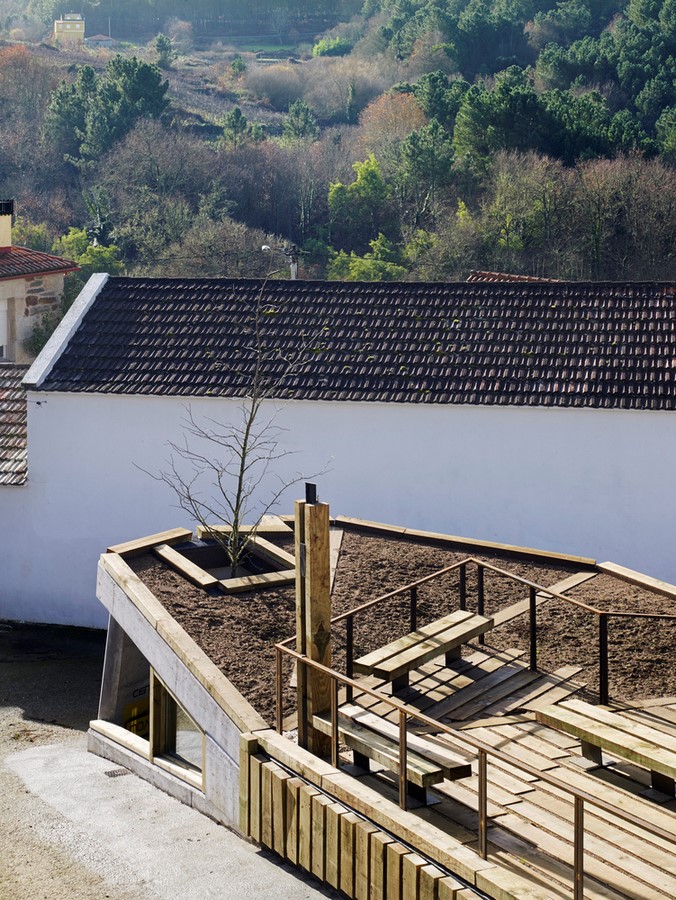
Furniture and Reuse
To minimize costs, shuttering panels were repurposed for interior coverings and custom furniture. Natural materials such as iron and wood were chosen for their aesthetic appeal and practicality.
Final Assessment
The project concluded with an emphasis on urban integration and community enhancement. Openings to the square were created, and a rooftop garden was established, fostering social interactions and providing residents with a tranquil retreat amidst the urban landscape.
Incorporating elements of nature, such as trees and flowering plants, further integrated the center into its surroundings, promoting a sense of belonging and connection among community members.



